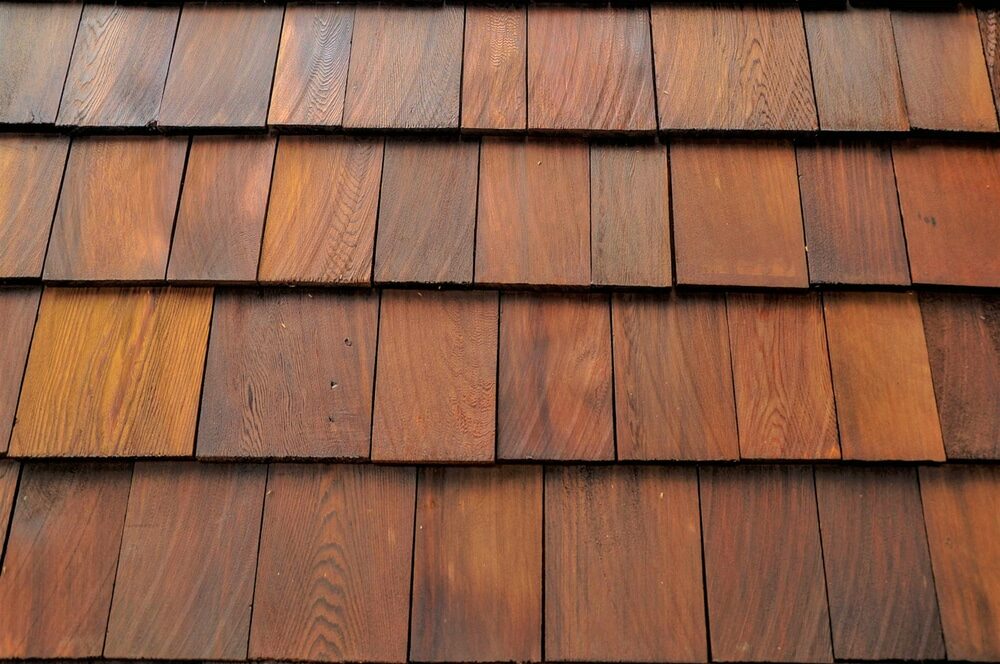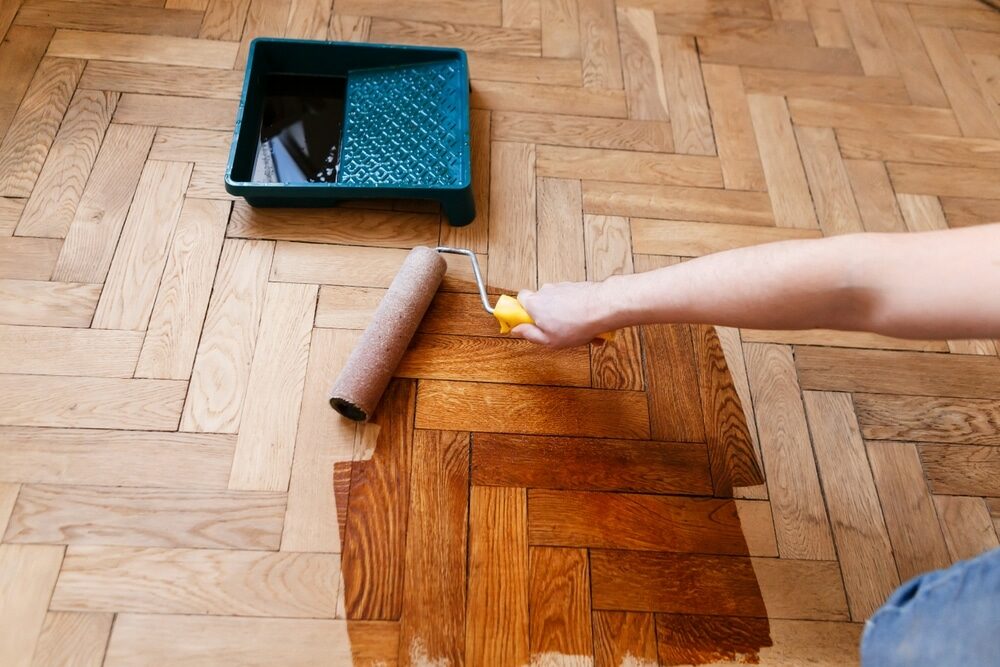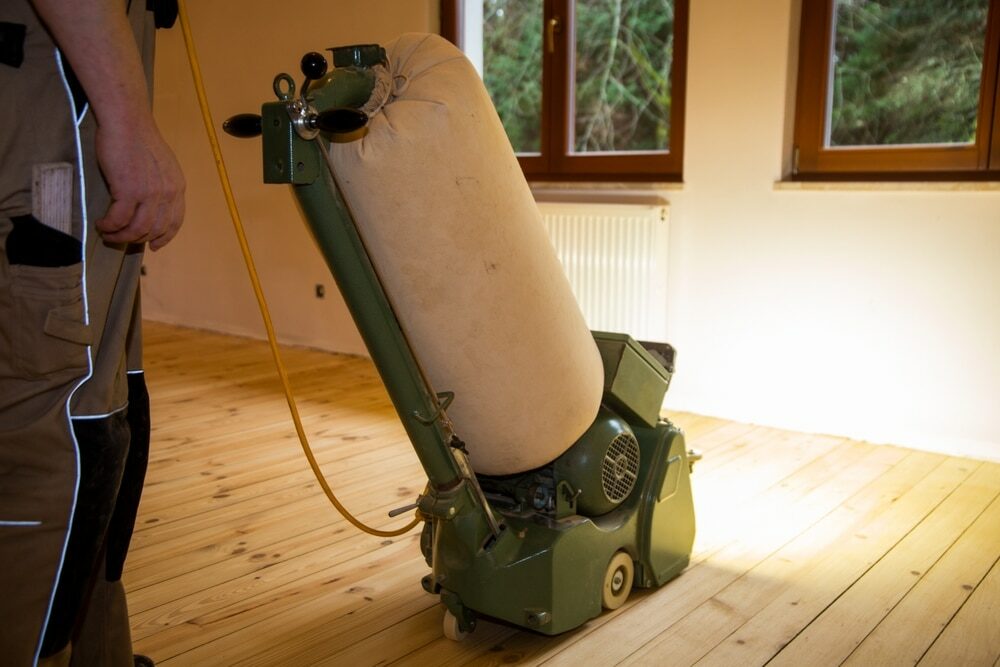London:
Nationwide:
How to Minimize Dust During Edge Sanding
Posted on September 9, 2023
Edge sanding
The Master Craftsman’s Guide to Minimising Dust During Edge Sanding
In the magnificent realm of woodworking, each detail matters; each stroke of sandpaper holds a narrative; each speck of dust has a tale to tell. As we transcend into a world where the grandeur of edge sanding becomes the focal point, we cannot overlook the significant aspect of dust management during the process. Taking a leaf from the book of Tom McElligott, a master in crafting narratives with a tone of understated elegance and piercing insight, let’s navigate through the intricacies of minimising dust while indulging in the art of edge sanding with a finesse that marries tradition with innovation.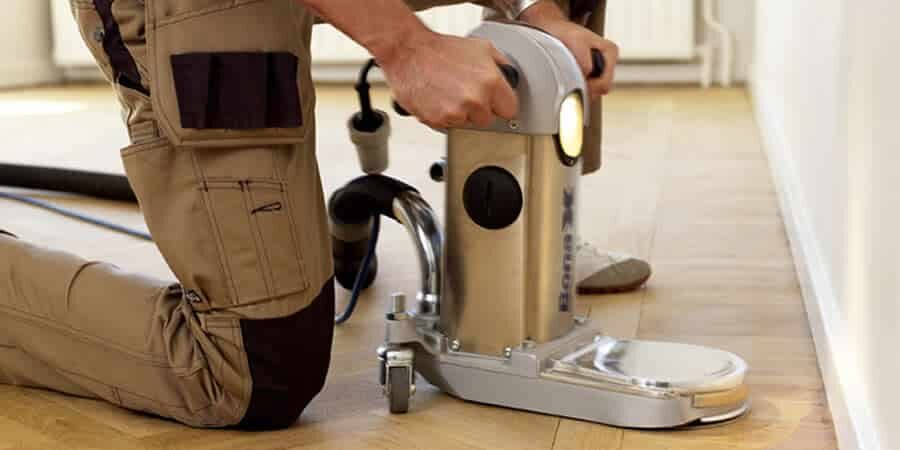
Introduction: Setting the Stage
In the artistic labyrinths of woodworking, where craftsmanship meets passion, the lingering entity often tends to be the persistent trail of dust. As we endeavour to create masterpieces that speak volumes of the dedication involved, the quintessential question arises: how does one keep the poetry in motion with minimum interruption from the dust particles that seek to cloud the vision? The answer lies in a harmonious dance between the artisan and his environment, a symphony that seeks to minimise dust without compromising the integrity of the artwork in progress. As we venture deeper, guided by the spirit of McElligott, let’s immerse ourselves in a world that promises cleanliness amidst the artistic chaos, a world where the craftsman and his craft coexist in perfect harmony.
Chapter 1: The Prelude to Clean Craftsmanship
Understanding the Dust Dynamics
Before we embark on this journey, it becomes imperative to understand the dynamics of dust generation during the process of edge sanding. Much like a seasoned author who grasps the essence of his narrative before penning it down, a craftsman must comprehend the nature of dust particles, their origins, and their tendencies to roam freely in the workshop. Understanding the behaviour of different wood species, the grit of sandpaper chosen, and the technique employed can significantly aid in devising strategies that seek to minimise dust generation, ensuring a workspace that embodies cleanliness and efficiency.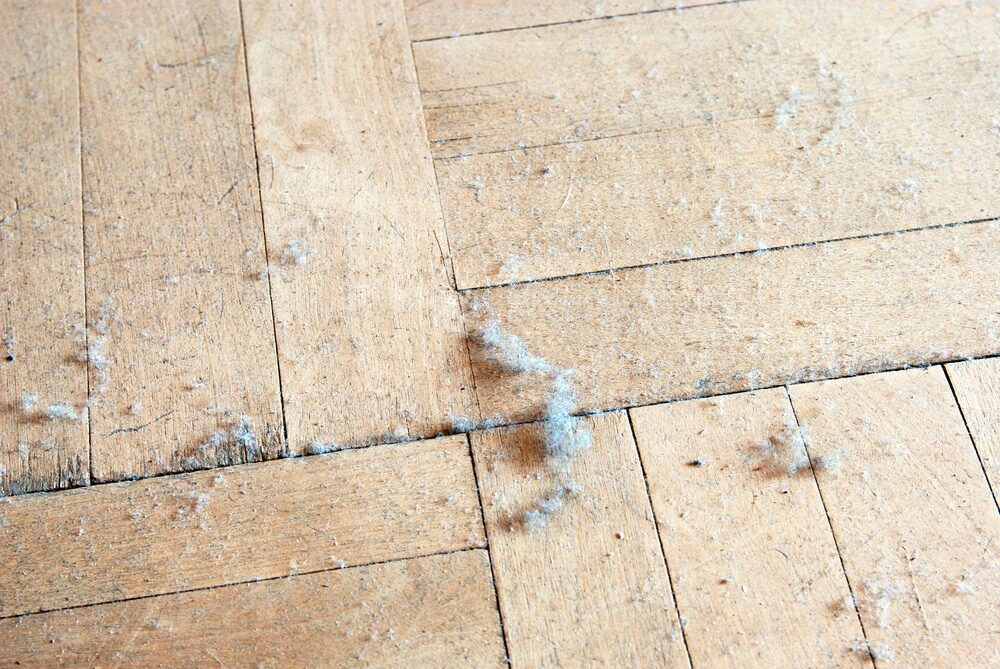
Tools and Accessories: The First Line of Defence
Equipping oneself with the appropriate tools and accessories forms the cornerstone of a dust-free environment. From high-quality sanders equipped with efficient dust extraction systems to protective gear that shields the craftsman, the initial step in this journey is about preparation, a trait that McElligott often emphasises in his narratives.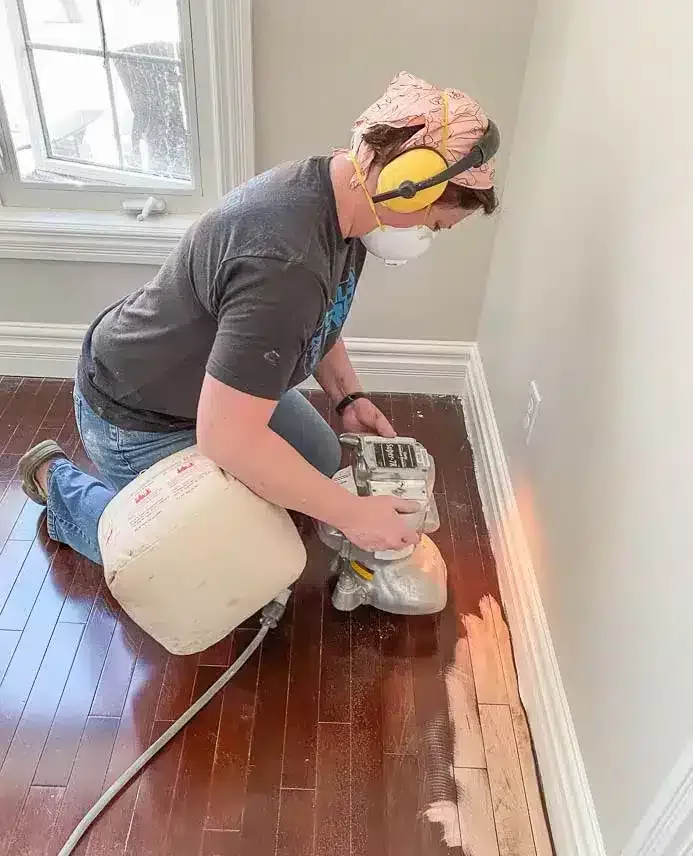
Sanders with Integrated Dust Extraction
Investing in sanders that come equipped with integrated dust extraction systems proves to be a game-changer. These marvels of technology ensure that the majority of dust particles are captured at the source, allowing for a cleaner and healthier workspace.Vacuum Systems: The Unsung Heroes
Complementing the efforts of the sander are the robust vacuum systems, which work tirelessly to ensure that the dust particles are extracted efficiently, maintaining an environment that embodies purity and clarity.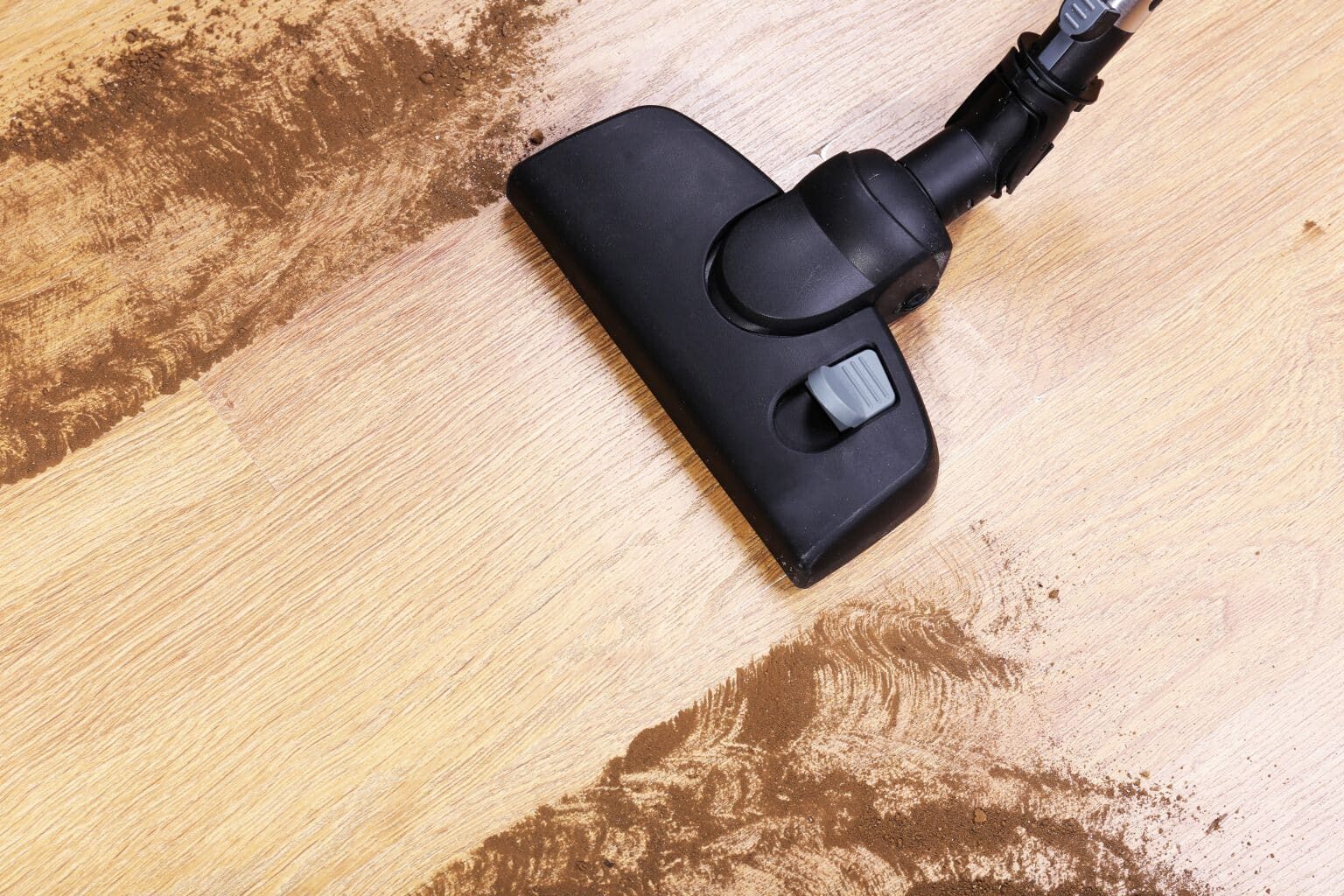
Protective Gear: Shielding the Artisan
In this narrative, the artisan plays the protagonist, and protecting him from the adverse effects of dust becomes paramount. Incorporating protective gear such as masks, goggles, and gloves forms a protective shield, allowing the craftsman to work with peace of mind, knowing that his health is safeguarded.
Chapter 2: The Art of Dust Minimization
Strategic Planning: Crafting the Blueprint
As we venture further, the essence of strategic planning comes into play. In a manner akin to McElligott, who believed in the power of well-crafted narratives, the journey towards a dust-free environment begins with a blueprint outlining the steps and measures needed to ensure minimum dust generation.Sequential Sanding: The Step-by-Step Approach
Adopting a sequential approach to sanding, where the craftsman moves gradually from a coarse to a fine grit, ensures a controlled environment where dust generation is kept at bay. This methodical approach not only minimises dust but also brings out the best in the wood, revealing a masterpiece that speaks volumes of the dedication involved.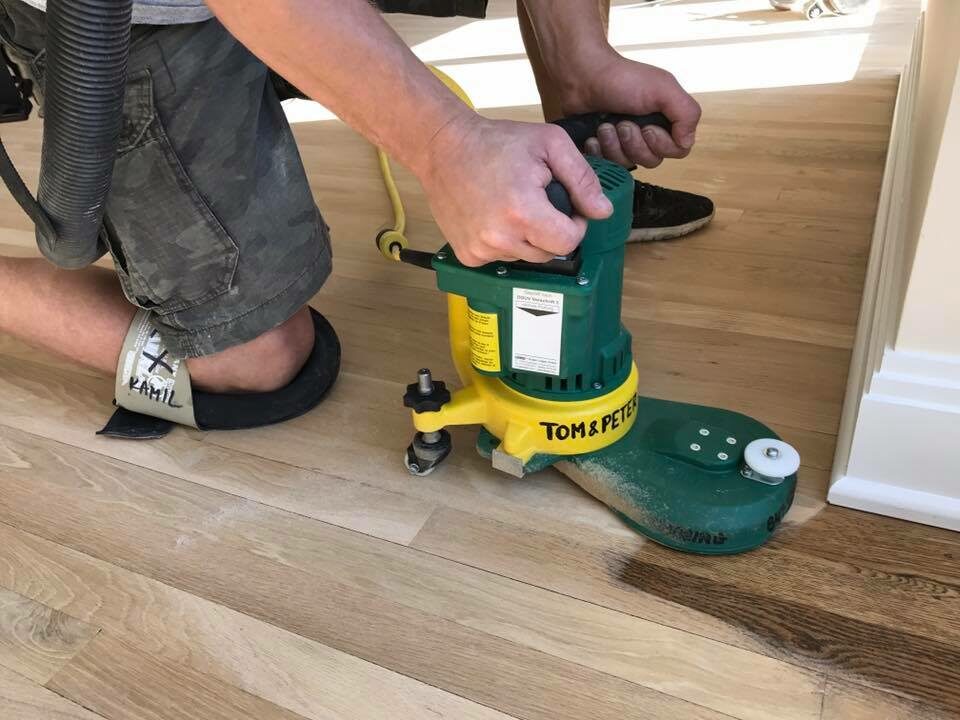
Regular Cleaning: The Ritual of Cleanliness
Incorporating regular cleaning intervals during the sanding process forms an integral part of the strategy. This ritualistic approach ensures that the work environment remains clean, allowing the craftsman to work with clarity of vision, a trait that resonates well with the McElligott style of precise and clear narratives.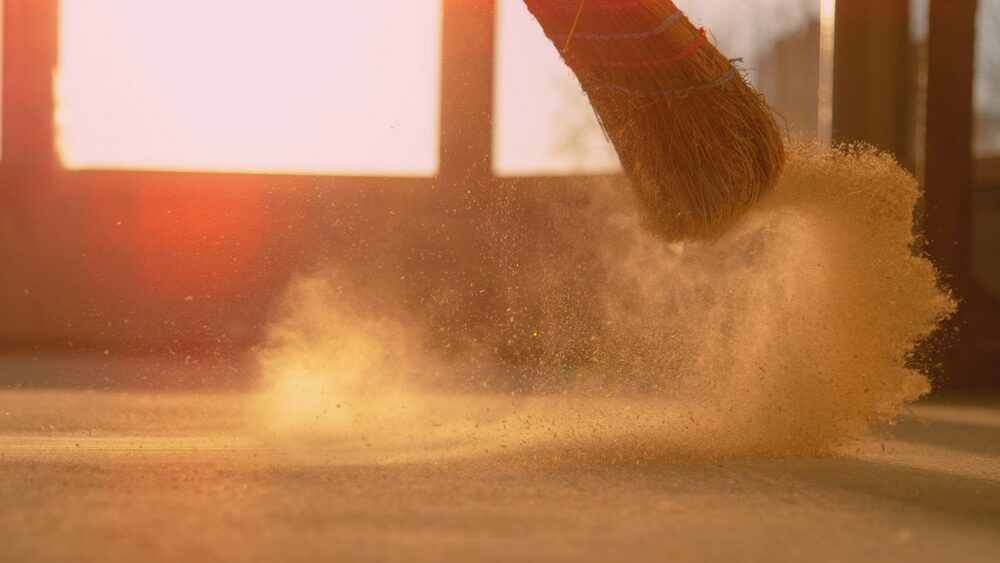
Workshop Ventilation: Breathing Life into the Workshop
A well-ventilated workshop stands as a beacon of freshness in the midst of the sanding process. Incorporating systems that allow for efficient airflow ensures that dust particles are kept at bay, providing a breath of fresh air in a workspace that thrives on creativity and innovation.Natural Ventilation: Embracing the Freshness
Embracing the power of natural ventilation, where fresh air circulates freely, ensures a vibrant and lively workspace. This approach not only minimises dust but also infuses the workshop with a dose of freshness, rejuvenating the spirits of the craftsmen at work.Mechanical Ventilation: The Backbone of a Clean Workshop
Complementing the natural ventilation is the mechanical system, which works tirelessly to maintain an environment that is free from dust. These systems, equipped with filters that trap dust particles, stand as the backbone of a clean and healthy workshop.Chapter 3: The Finale: Embracing Clean Craftsmanship
The Final Cleanup: The Symphony of Cleanliness
As we approach the finale, the focus shifts to the final cleanup, a symphony that combines all the dust minimization elements into a harmonious conclusion. Much like the concluding chapter in a McElligott narrative, this phase embodies a sense of accomplishment, a journey well travelled, and a tale well told.Dust Collection Systems: The Final Stand
Implementing robust dust collection systems is the final stand in this battle against dust. These systems, equipped with high-efficiency filters, ensure that the last traces of dust are captured, leaving behind a workspace that embodies purity and cleanliness.Personal Cleanup: The Ritual of Purity
At the heart of this narrative stands the craftsman, who emerges victorious in his battle against dust. The personal cleanup, a ritual that embodies purity, allows the artisan to step out of his workspace with the satisfaction of having created a masterpiece in an environment that respects the ethos of clean craftsmanship.Conclusion
As we draw the curtains on this journey, we stand at a juncture where the art of woodworking meets the science of dust minimization. In a manner reminiscent of McElligott’s narrative style, which embraced simplicity with depth, this guide seeks to provide insights into the intricate world of edge sanding, where the craftsman seeks to create masterpieces with diligence that respects the environment. In this narrative, the dust particles no longer stand as adversaries but as entities that are controlled and managed with a finesse that speaks of experience and expertise. It is an ode to clean craftsmanship, a journey that takes us through the labyrinthine paths of woodworking, where the quest for perfection meets the pursuit of cleanliness, creating a symphony that resonates with the ethos of clean and efficient craftsmanship.Some Useful Links:
- Stairs Sanding & Refinishing
- Floor Sanding Services
- School Floor Sanding
- Wood Floor Restorations
- Wood Floor Repairs
- Wood Floor Polishing
More from our Blog:
When to Use Edge Sanding vs. Hand Sanding Using Edge Sanding to Repair Scratches and Gouges How to Achieve Smooth Transitions with Edge Sanding How to Use Edge Sanding to Remove Stains and Discoloration The Effects of Edge Sanding on Different Wood Types Choosing the Right Edge Sanding Tool for Your Project Tips for Edge Sanding Wide Plank Flooring How to Avoid Common Mistakes in Edge Sanding
Sanding
We provide virtually dust-free sanding with our continuous belt machinery with mobile extraction units, giving you a safer environment for your family.
Oiling
This organic finish not only adds beauty to your home but also has exceptional water-repellent characteristics, making it easier to clean and maintain.
Waxing
This natural floor finish offers the softest and most mellow appearance – and leaves your floor able to breath.
Buffing
Using soft buffing machines (and hand-polishing where required) will bring a wonderful sheen to your newly-finished floor.
Repairs
We offer a full assessment of your wooden floors to determine what repairs are needed to provide the perfect working surface for the later stages of sanding, staining and sealing.
Restoration
We offer a comprehensive restoration process designed to address floors that are improperly fitted or damaged over time through wear and tear.
Request a fixed price quote for your wood floor restoration now
Simply enter your postcode below to get started.
Services
Wood Floor Sanding Wood Floor Restoration Wood Floor Scratch Repair Squeaky Wood Floor Repair Parquet Floor Sanding Parquet Floor Restoration Commercial Floor Sanding Church Floor Sanding Community Centre Floor Sanding School Floor Sanding Gap Filling Gap Filling with ResinCopyright © Mr Sander®
Privacy & Cookies Terms & Conditions Complaints Procedure Cancellation Rights Sitemap